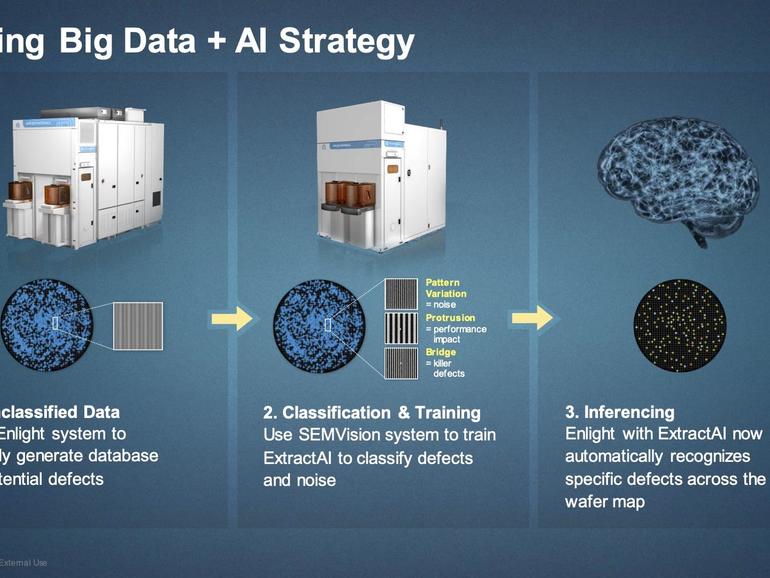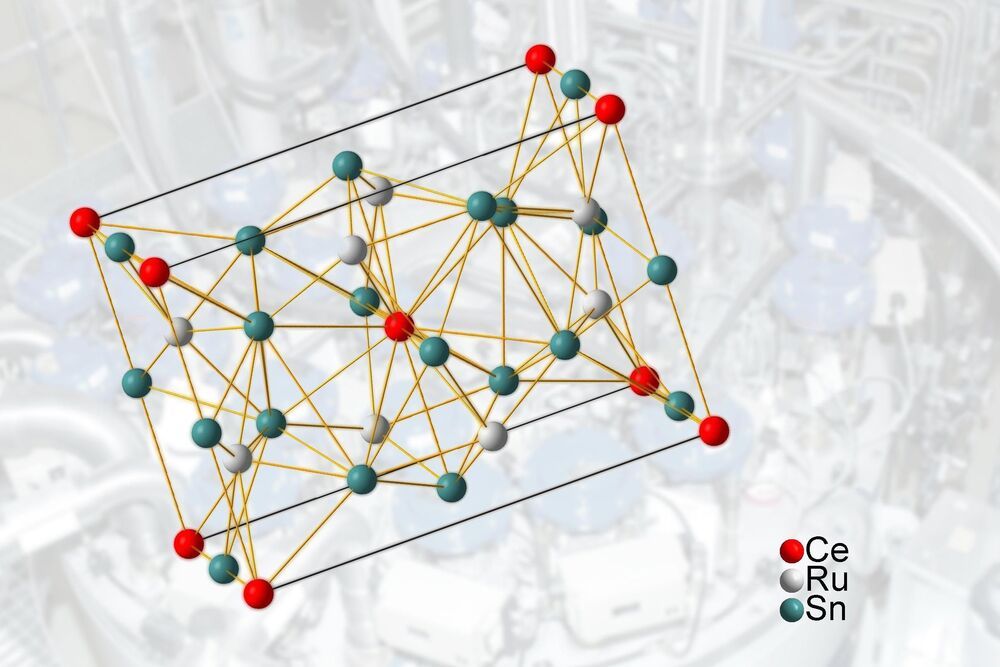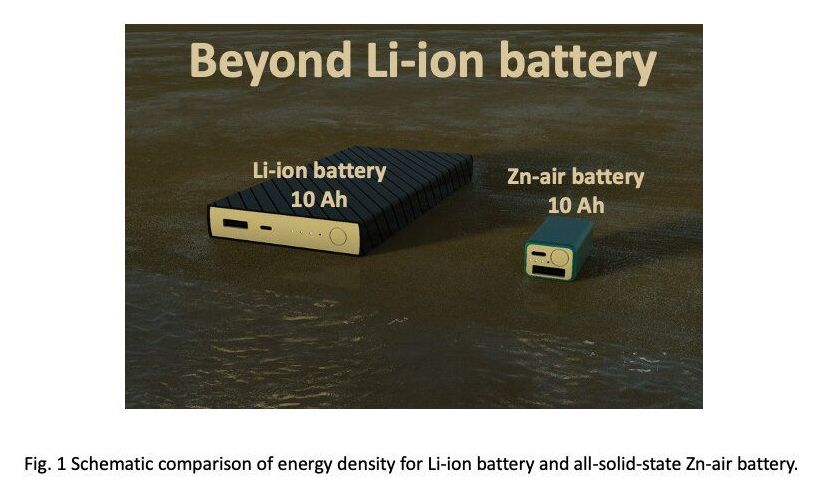Plastic pollution and other ocean debris are a complex global environmental problem. Every year, ten million tons of plastic are estimated to be mismanaged, resulting in entry into the ocean, of which half will float initially. Yet, only 0.3 million tons of plastic can be found floating on the surface of the ocean. Where has the rest of the plastic gone?
The key mechanisms for plastic transport are currents, wind, and waves. Currents and wind transport ocean debris in a straightforward manner like the forces on a sailing boat. However, ocean waves predominantly move objects in circular-like orbits. The orbits do not quite close, resulting in a so-called Stokes drift in the direction in which the waves travel.
A joint team from the Universities of Oxford, Plymouth, Edinburgh, Auckland and TU Delft have investigated how waves transport floating ocean debris while including, for the first time, the effects of an object’s size, buoyancy, and inertia on its transport. Their results are published in the Journal of Fluid Mechanics.







